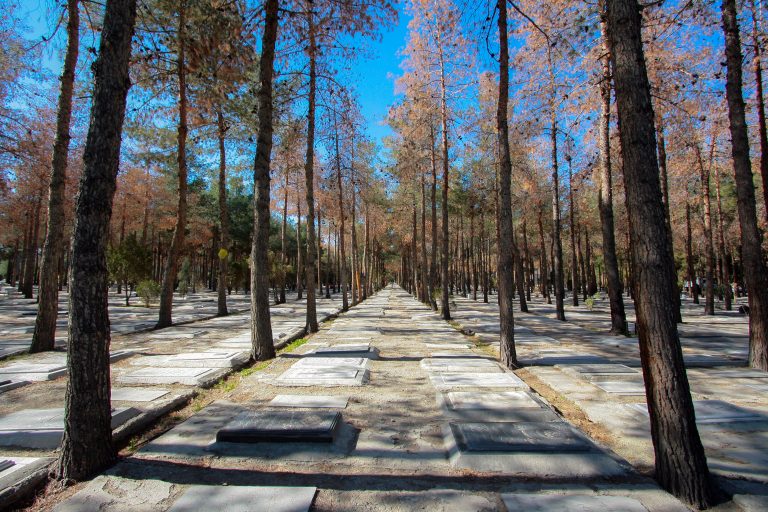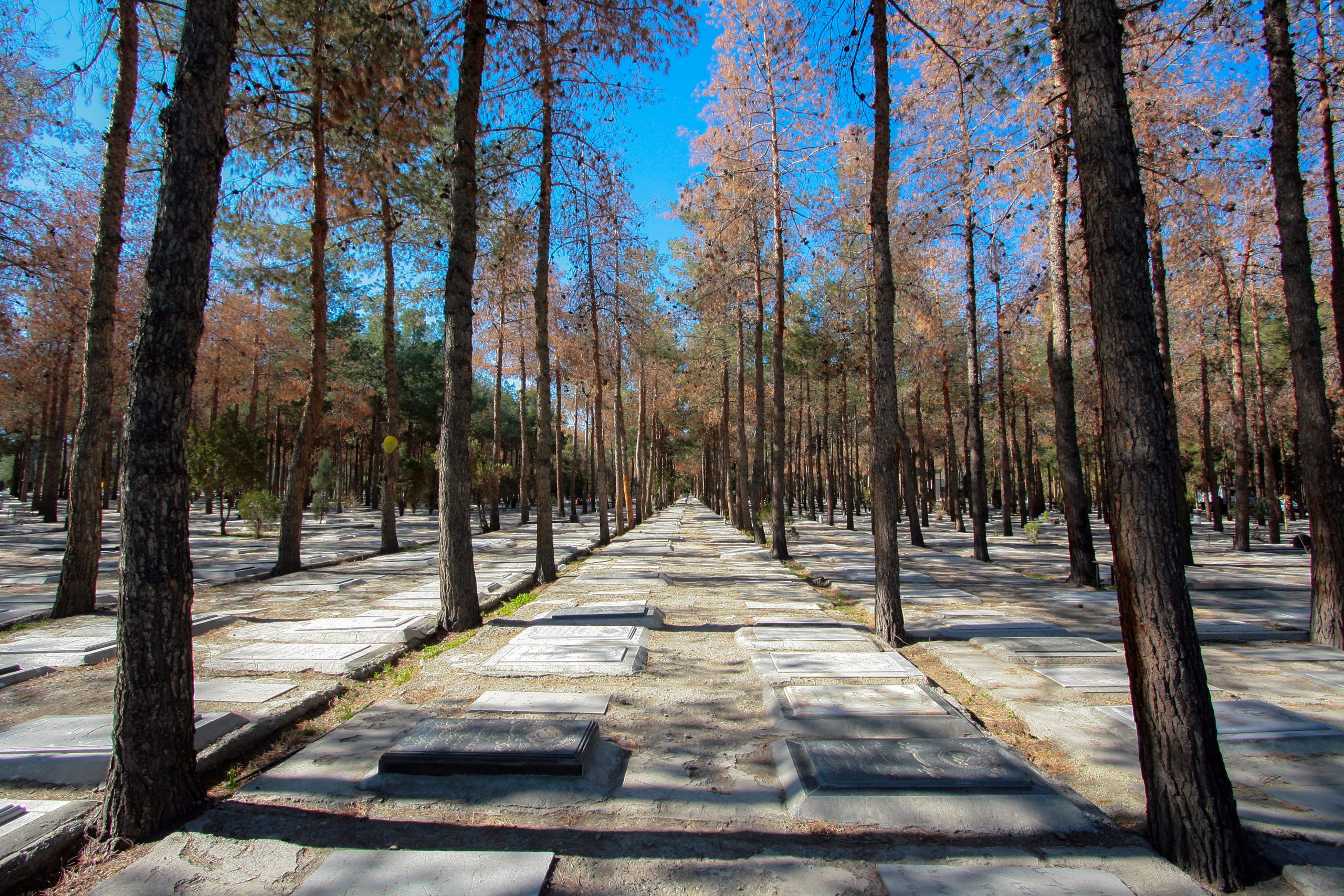The description of time in words, its discursive representation, is inextricable from the very notion of the experience of time. Since we can refer to time only via inference—for example, through pointing to movement or change of states in objects—all descriptions of time are enmeshed within modes of signification such as language. This axiomatic observation necessitates treating the texture of language employed to create time as an essential target while investigating temporality.
Since Islam for me is not a bounded object, I do not wish to posit an essential vocabulary that can be said to be common to all substantiations of Islam. However, certain ideas do make repeated appearances in many different contexts. Of these, I will focus on the notion of paradise to illustrate the overall significance of tropes within temporal descriptions.
Religious literatures describe paradise and hell as physical abodes where beings encounter extreme pleasure or pain. One’s condition within them is supposed to last forever, something contrary to the basic fact of incessant material change familiar from worldly existence. Pleasure and pain are relative states that register through their mutual differentiation. What would it mean to experience pleasure or pain on a perpetual basis, absent the variability that makes these sensations discernible?
It would seem that paradise and hell are powerful notions precisely because they interpolate between the ordinary and the exceptional. The two purported abodes are artifacts constituted by elements that appeal to readily understandable sensations and emotions. However, experiences that are expected to occur in them have been excerpted from the causal relations that lead to them under everyday circumstances. Experiences in paradise and hell are versions of reality denuded of temporal and spatial limitations that circumscribe ordinary existence.
In and of themselves, paradise and hell mark states of exception that stand apart from normal life experience. But in Islamic narratives, the overall complexes of the ideas these entities denote are also frequent points of reference for describing the very material world they are meant to transcend. Paradise, in particular, is a pervasive trope throughout premodern Islamic historiography and cosmography; for instance, words that refer to it appear in the titles of a plethora of works in these fields.
I use the word trope here to signify discursive moves in which meaning is created through displacement or deferral rather than direct equivalence. While “unreal” in the literal sense, paradise is a trope that runs the gamut of possibilities in terms of representation through verbal figuration. It is frequently used metaphorically—for example, “Isfahan is paradise”—conveying the enunciator’s intentions compactly but in a way that is irreducible to a simple logical statement. Paradise is also used allegorically, metonymically, in similes, and so on. Its presence in verbal gestures is apprehended readily by recipients because the concept is pervasive in Islamic expression.

